Natural Disasters
Flood Survival Tips | How To Survive Before, During, And After A Flood

Remember that where there is rain, there may be a flood. Preparing for a flood is still the best way to ensure survival.
With preparedness and these flood survival tips, you can both survive and recover. Here's how!
RELATED: Why Disaster Preparedness is Important: Take Action Now
Critical Flood Survival Tips You Should Know!
Click here to jump to the infographic.
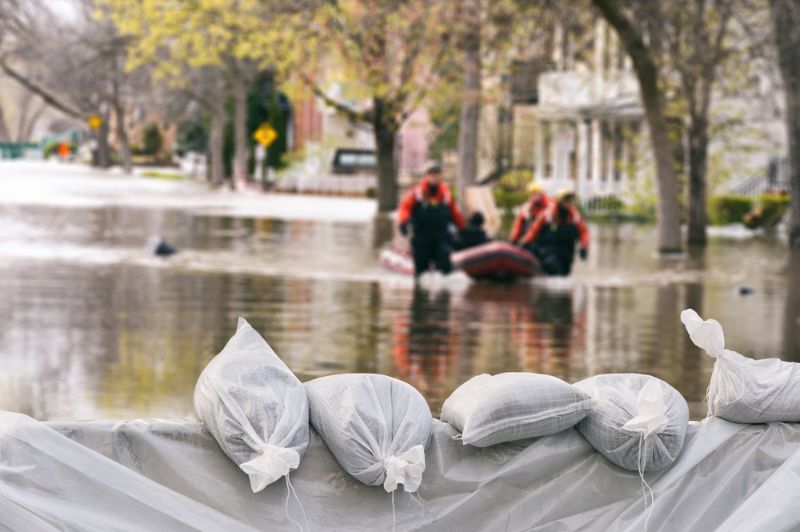
Before Flood Survival Tips
1. Build an Emergency Kit
Check out this emergency survival kit list: Survival Life’s Comprehensive Checklist For A 72 Hour Survival Kit.
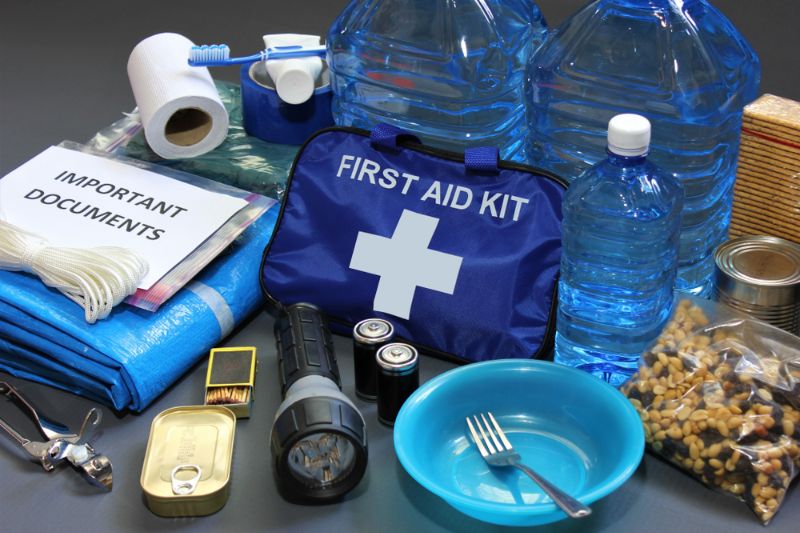
2. Make a Family Communications Plan
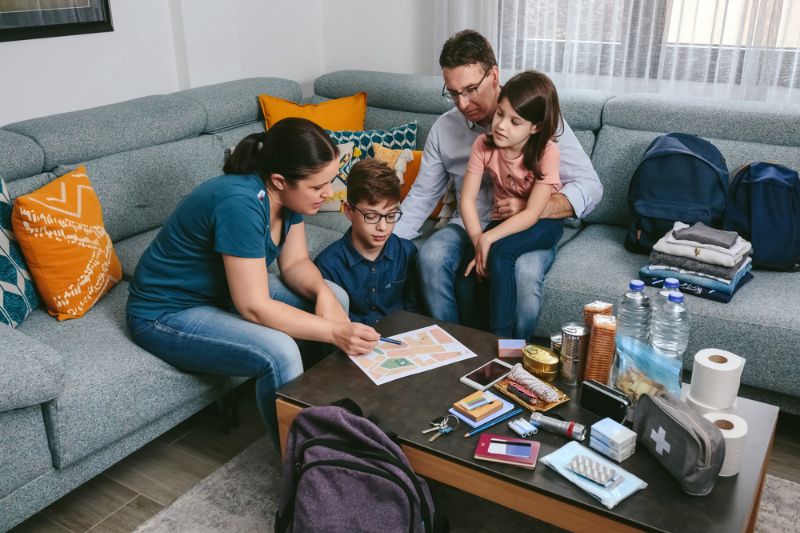
Communication is essential to flood survival for you and members of your family.
3. Avoid Property Construction in a Floodplain
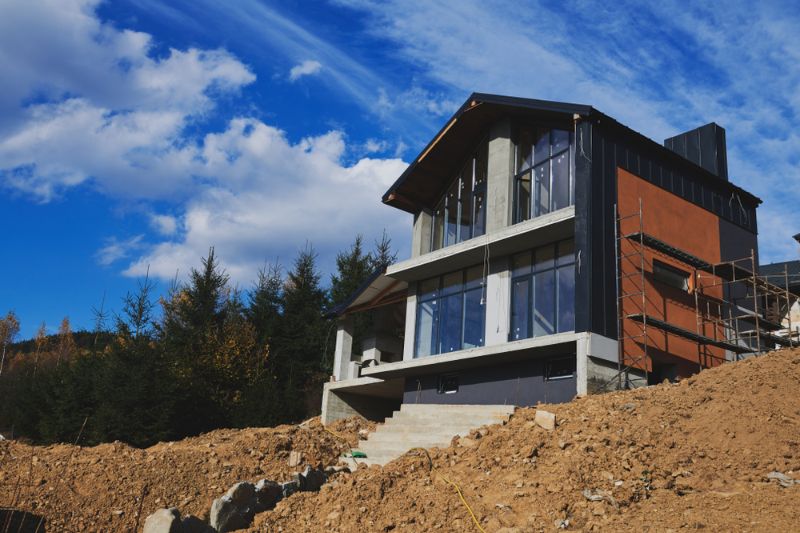
Try to build on higher ground to avoid being hit by floods.
4. Put Up Barriers
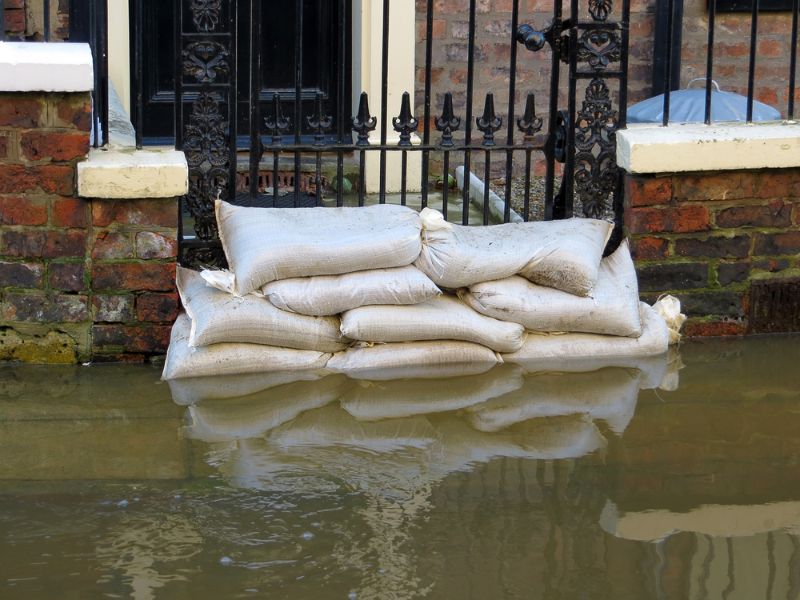
Build floodwalls, levees, or beams to prevent floodwater from rushing to your home, fast.
5. Seal Your Basement
Waterproof your basement and protect it from seepage by sealing the walls, cracks, and crevices.
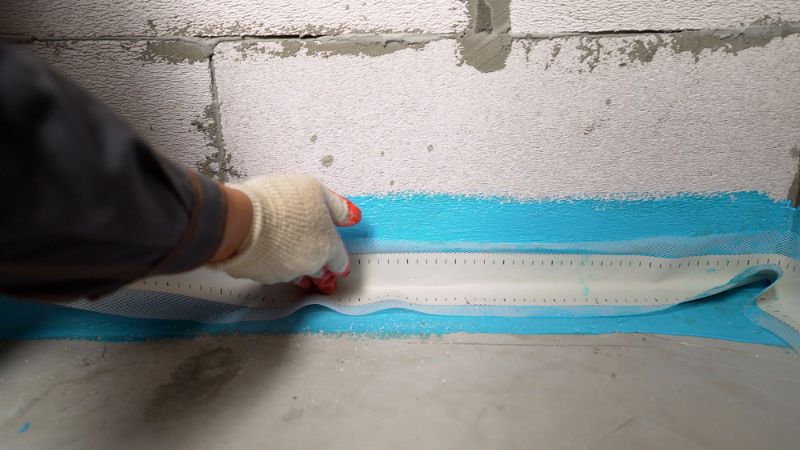
- There is a greater chance of protecting your
property
- and yourself with a sealed
basement.
6. Look for Warnings
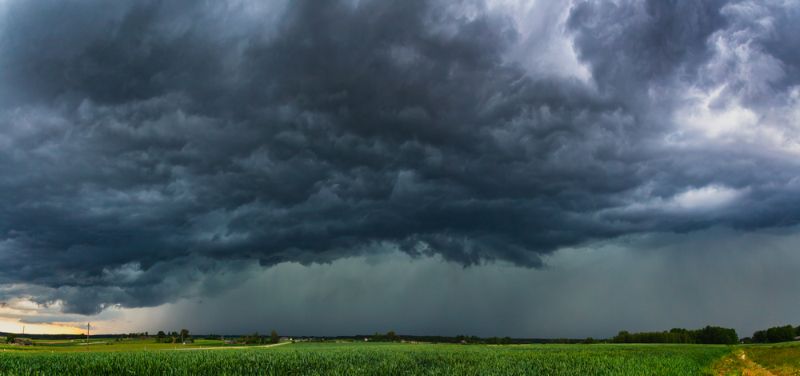
Monitor a central weather station or local news for flood warnings or updates.
7. Check Gutters, Downspouts, and Drains
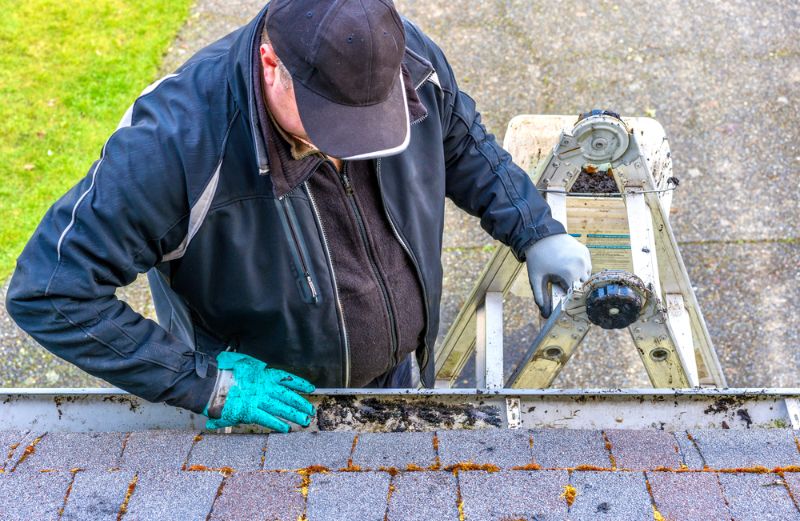
Clogged drains and gutters can destroy your roof and let water in your home faster than you can save everything in it. Regularly clean your roof of debris.
8. Clear the Floor

Move electronics and furniture off the floor and transfer them to higher and secure places.
9. Roll Up Your Rugs
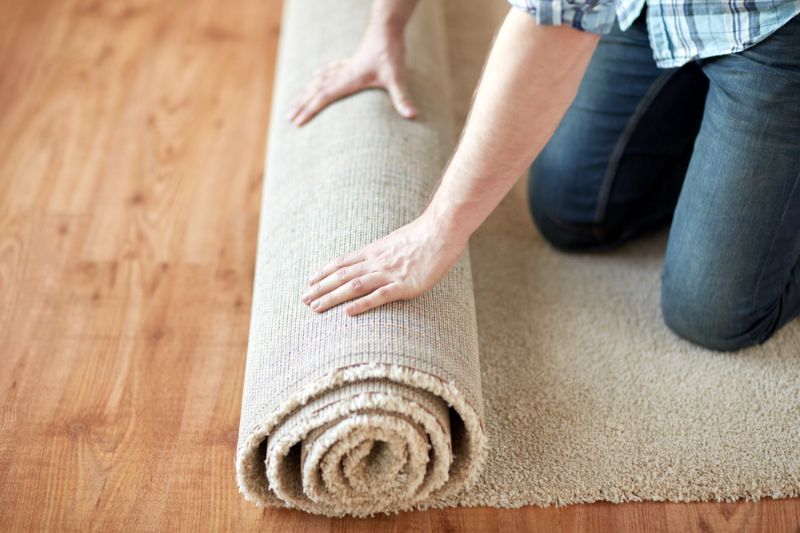
Wet rugs are bad news for your wallet and your health. Roll them up and secure them well so they don't get wet, moldy, or totally destroyed.
10. Secure Important Documents
Secure your important documents in sealed or waterproof bags.
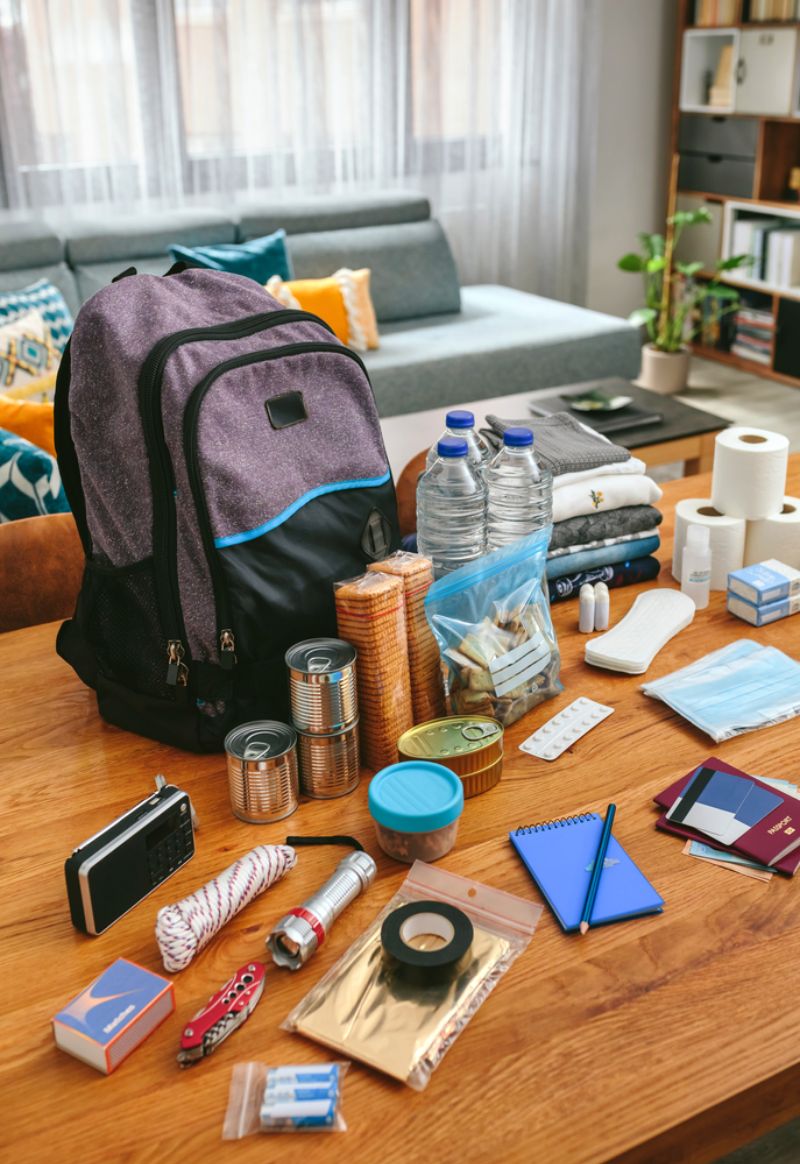
Trying to reapply for these documents again after a calamity can be a hassle, and having these documents handy will help you when you need assistance.
11. Inspect Sump Pumps and Drains to Ensure Proper Operation
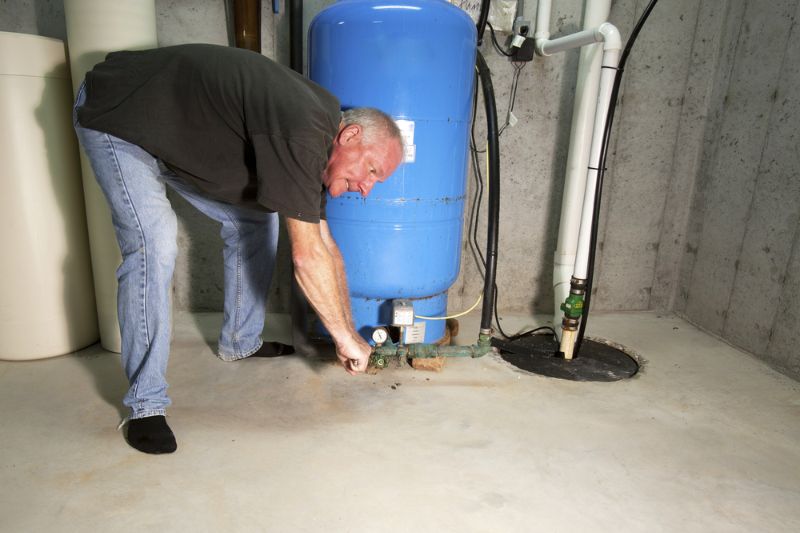
Flood survival requires many steps, like inspecting the sump pump in your basement. Get your sump pump fresh batteries.
12. Turn Off the Power
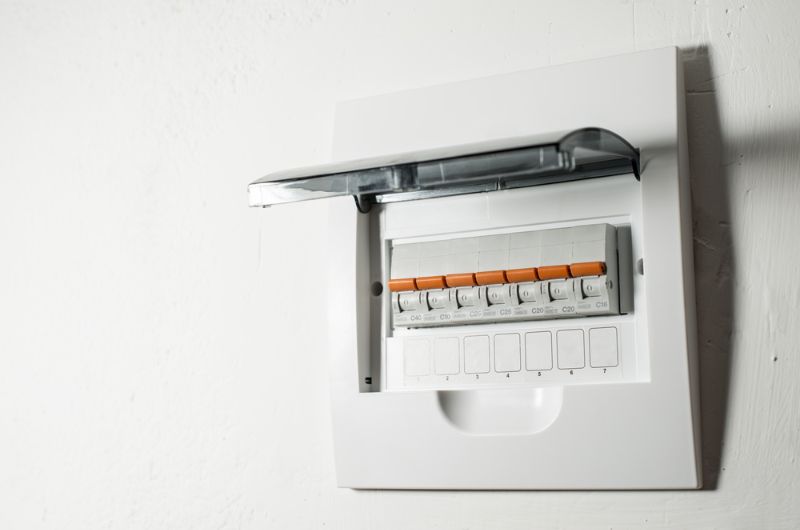
One way to achieve flood survival is by turning off the power supply to your home. Turn off the main breaker of your electrical system.
13. Move Your Appliances
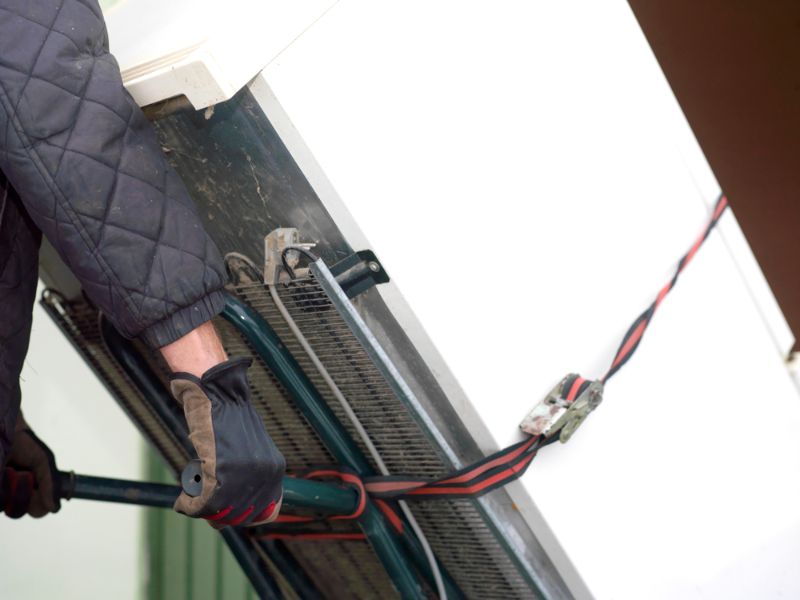
Elevate all your electrical appliances.
RELATED: 20 Global Catastrophes To Prepare For NOW
During Flood Survival Tips
14. Find Higher Ground
Getting to higher ground is instinctive when there is a flood, but you also have to be smart about it.
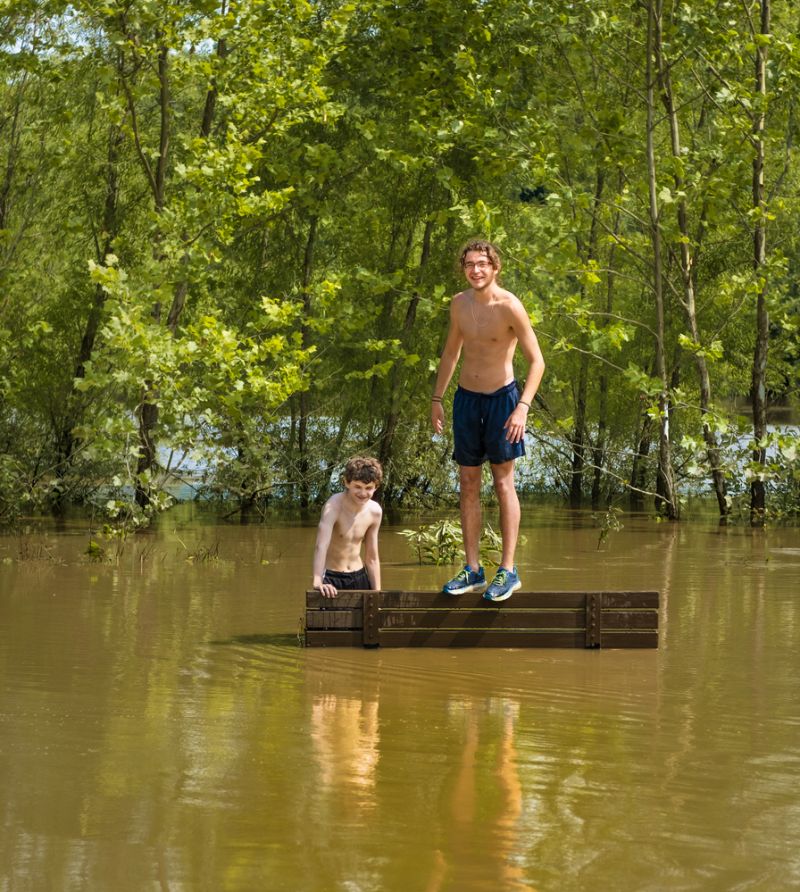
Make sure the structure is secure and stable. If you're going up hills or mountains, watch out for landslides and flash floods.
15. Avoid Streams and Roads
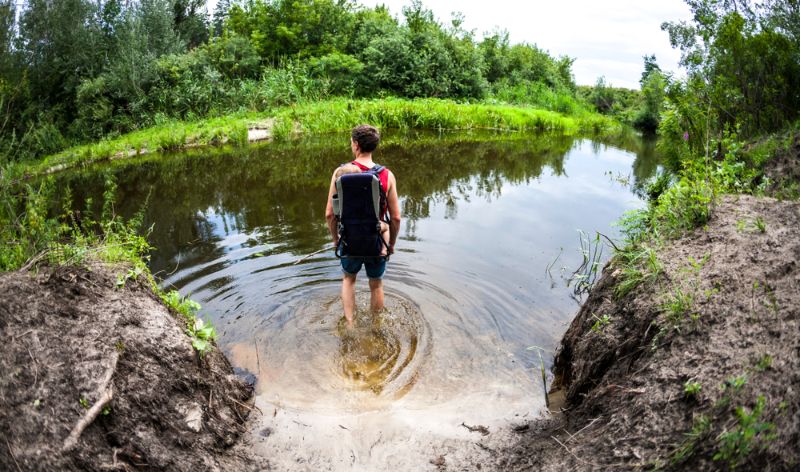
Attempting to cross rushing waters or driving through flooded roads is extremely dangerous. Avoid doing so at all cost.
16. Go to the Roof
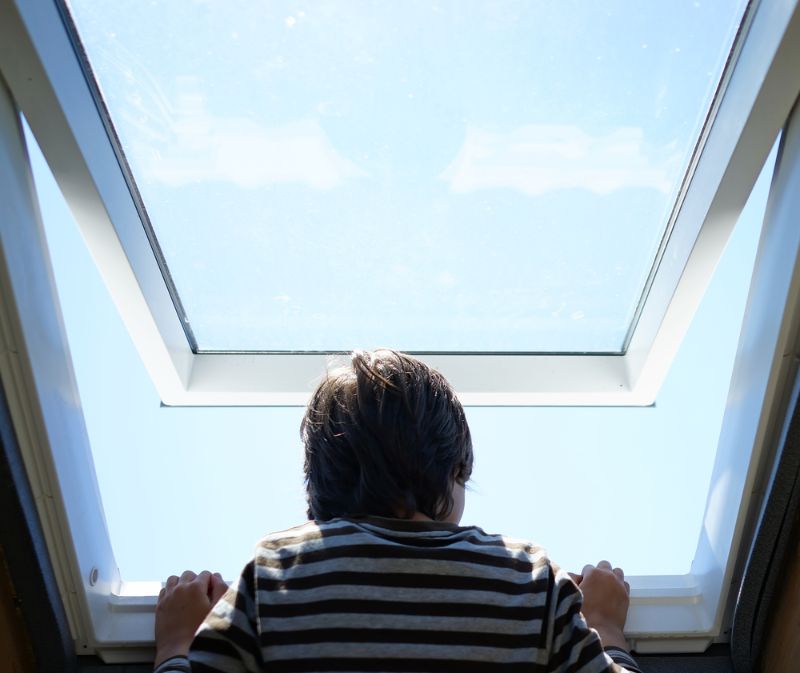
Go to the highest part of your home or the roof as soon as the water starts to rise too fast.
17. Listen for Updates
Keep a battery-operated radio in your preparedness stash. Getting fresh information about the disaster you are in is vital to your survival.
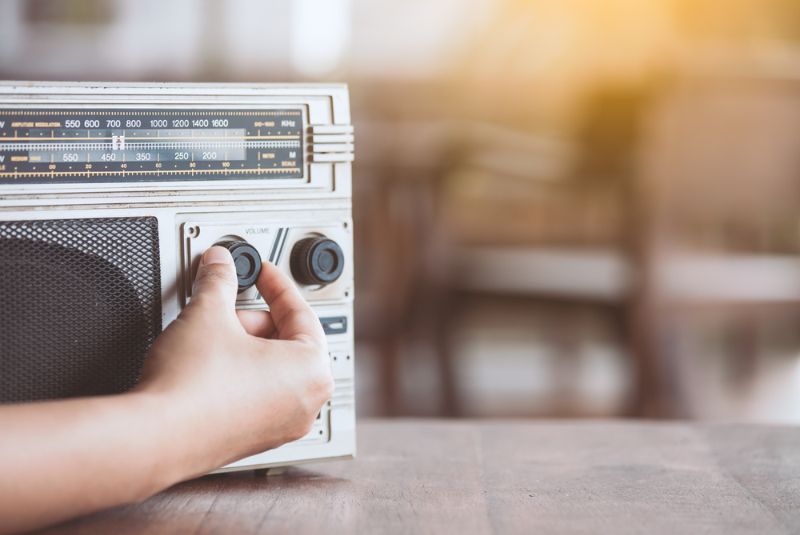
Any new development will also help you calculate or plan your next move.
18. Keep Utilities Powered Off
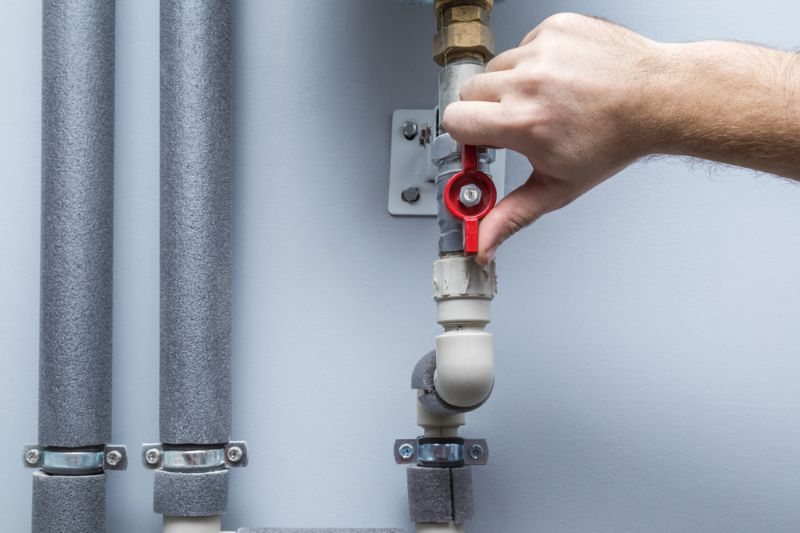
Whether it's electricity, gas, or water, try turning them all off before the water starts coming in.
19. Stay Clean
Floodwaters are almost always filled with contaminants and water-borne diseases.
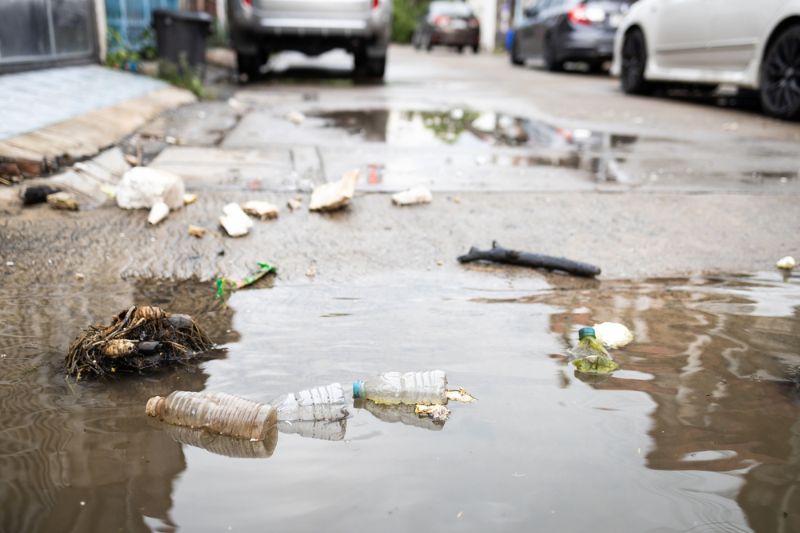
Whether you have open cuts and wounds or not, stay clean to prevent infection.
20. Know Your Surroundings
It pays to check the landscape and history of your area for floods and other natural disasters.
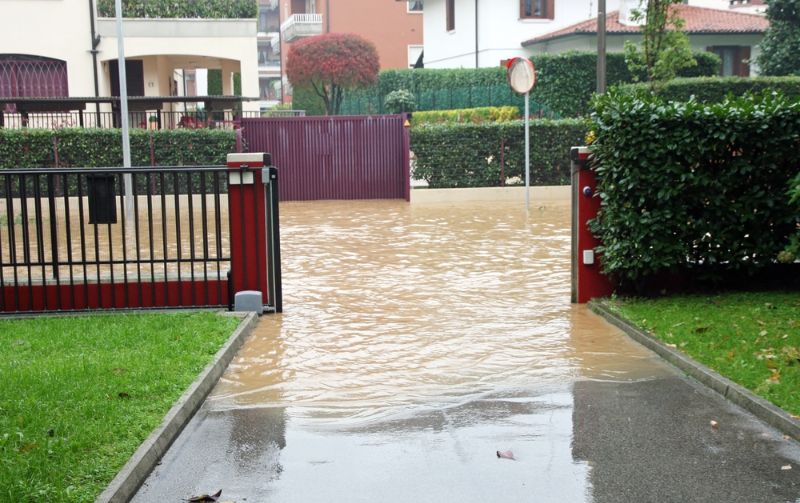
Rivers, dams, streams, and canyons are high-risk areas for floods.
21. Watch for Evacuation Orders
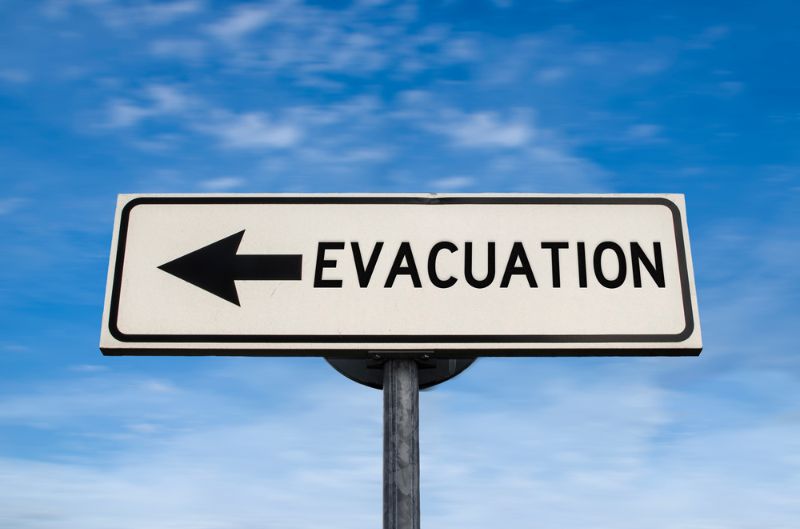
This is related to the previous flood survival tip. Knowing your area will help you plan your route to an evacuation area.
22. Don't Drive Around Barricades
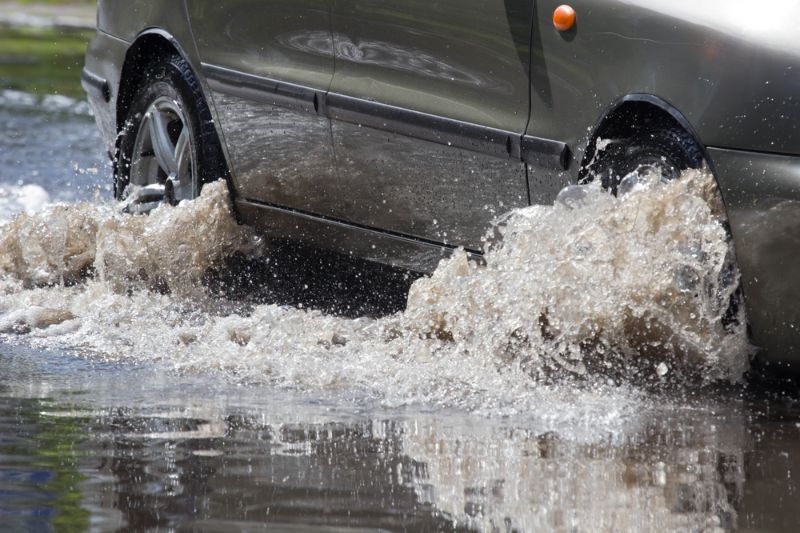
Flood survival is easy if you are extra careful.
23. Don't Risk It
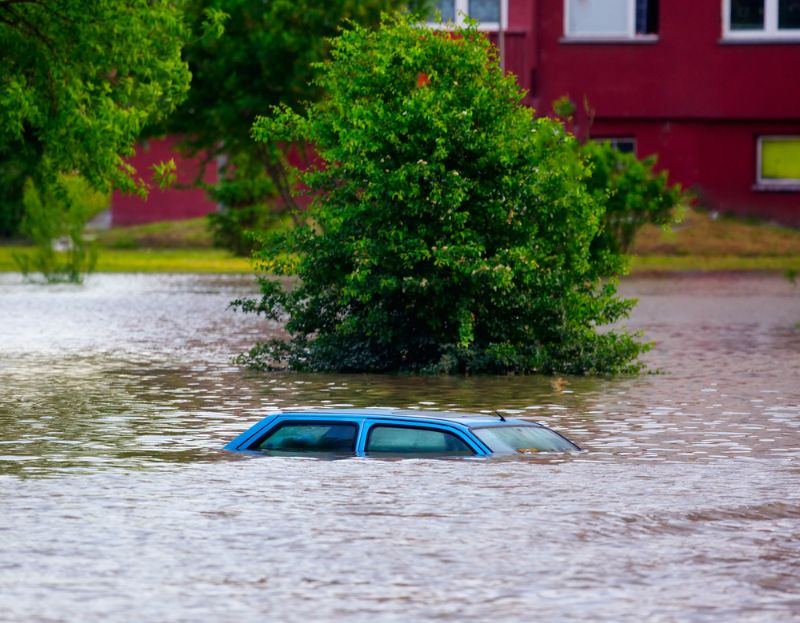
Stay away from a flooded road or turn around, whether you are walking or driving.
24. Evacuate Your Vehicle
If your car gets caught in flood water get out of it as quickly as you safely can and get to higher ground.
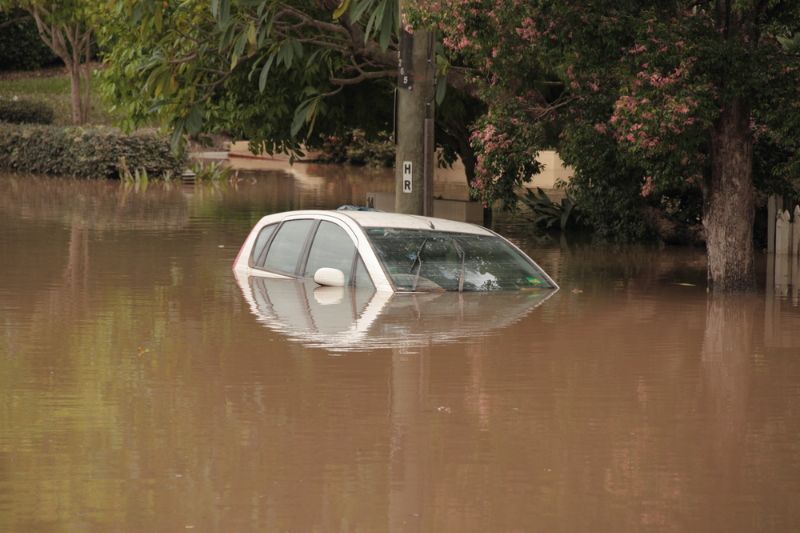
Flood Safety Tips During an Evacuation
- If asked to evacuate, do so immediately.
- Make sure every person in your family has the same contact person (friend or family member) in case you should become separated during the evacuation.
- Listen to a battery-operated radio for evacuation instructions.
- Follow recommended evacuation routes.
- Leave early to avoid being trapped by flooded roadways.
After the Flood Survival Tips
25. Check the News

Listen to news updates for warning of water contamination and safety precautions against the spread of disease or social unrest.
26. Avoid Floodwaters
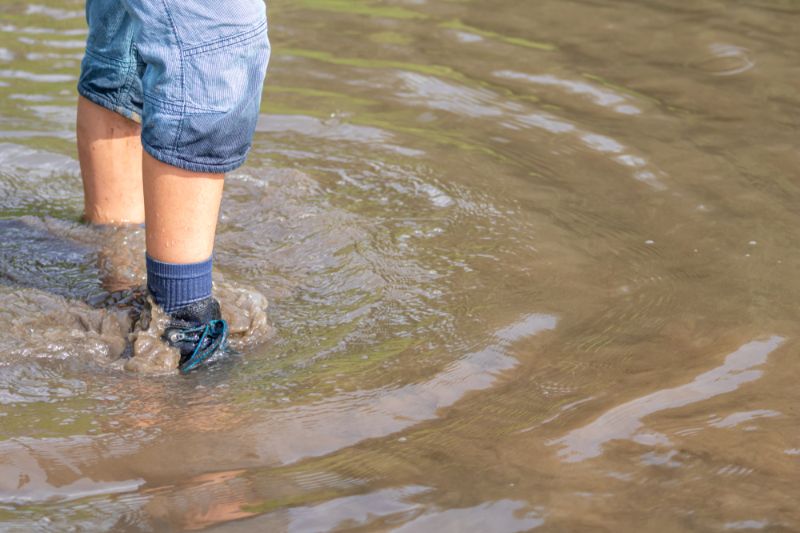
Floodwaters may have not yet receded in some areas so steer clear of these areas as they may be deep, muddy, or contaminated.
27. Keep Off of Flooded Roads
Waters may have receded in some roads but it might not be safe to drive in yet.
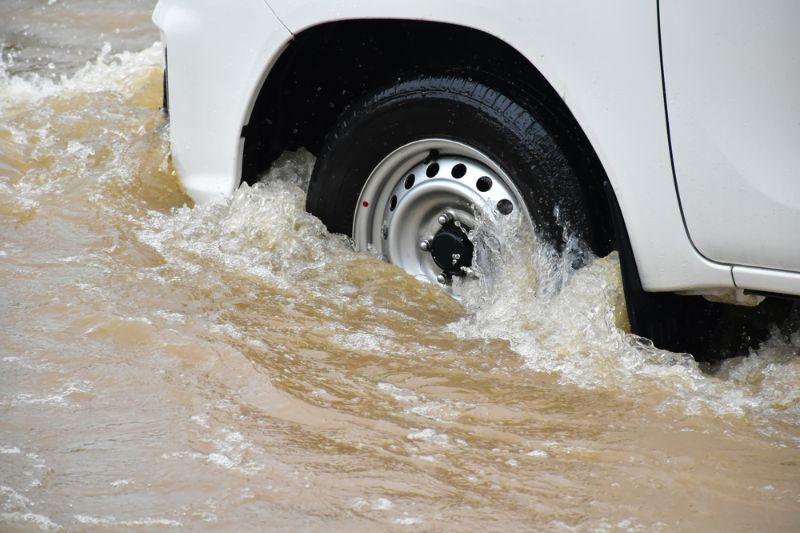
The road may have softened and could give in while you drive through it.
28. Enter Buildings with Caution
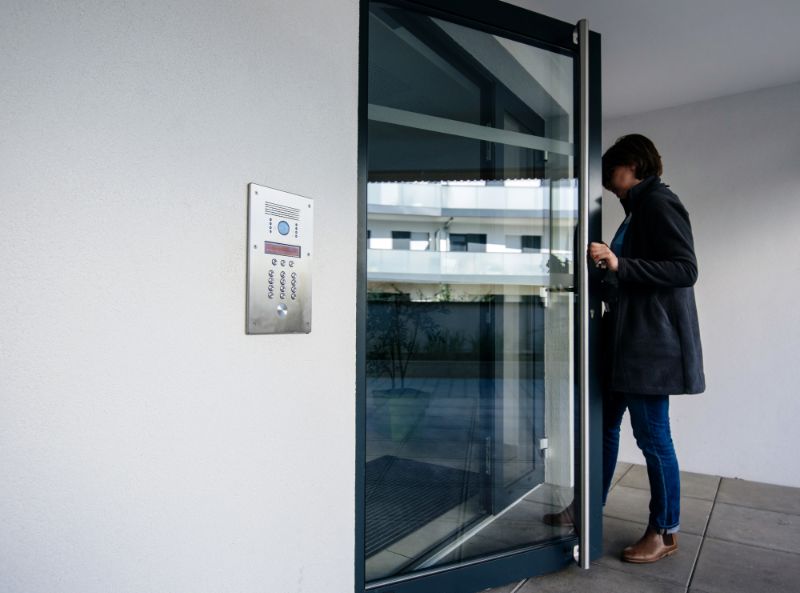
Take great caution when inspecting homes and buildings as there may be dangers lurking by.
29. Keep Your Home Clean
As we've stated, floodwater may be contaminated with sewage and chemicals.
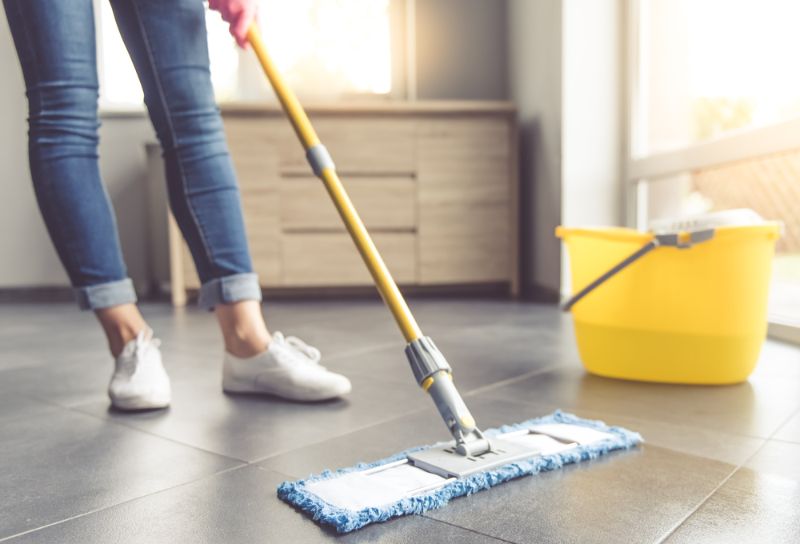
Make sure to not only clean but disinfect your property or your things before you come into contact with them.
30. Avoid Electrical Wires
Keep away from electrical wires and knocked power lines — electrocution is often a major cause of death in floods.
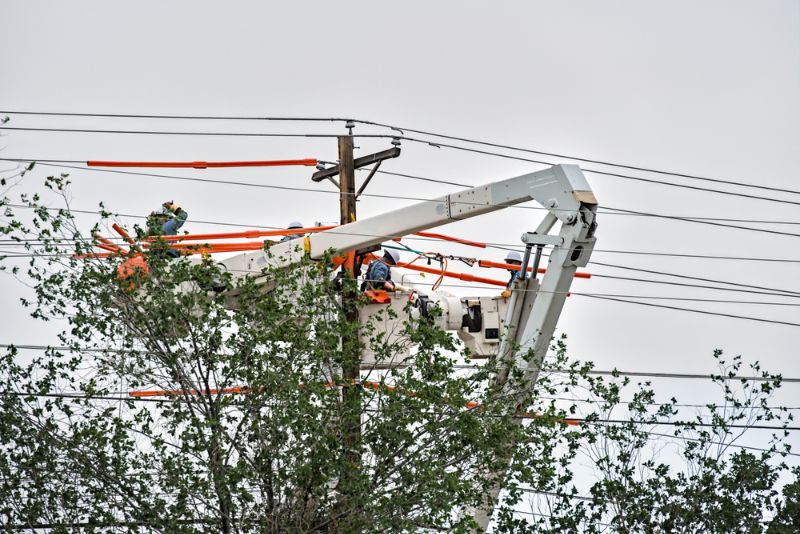
It is also best to report the situation to authorities.
31. Check for Animals
Both dead and alive snakes and other dangerous animals may have been swept by the flood.
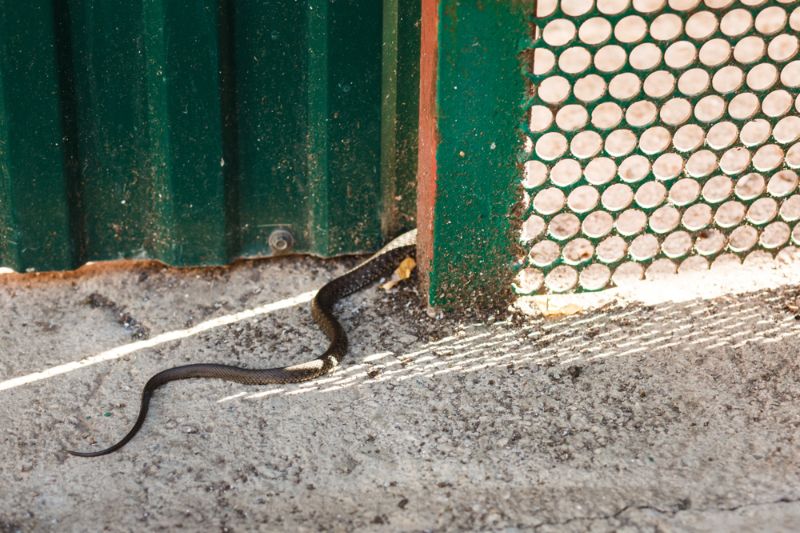
Exercise precaution when clearing up debris on your property.
32. Be Alert for Gas Leaks
Keeping flashlights handy is very important.
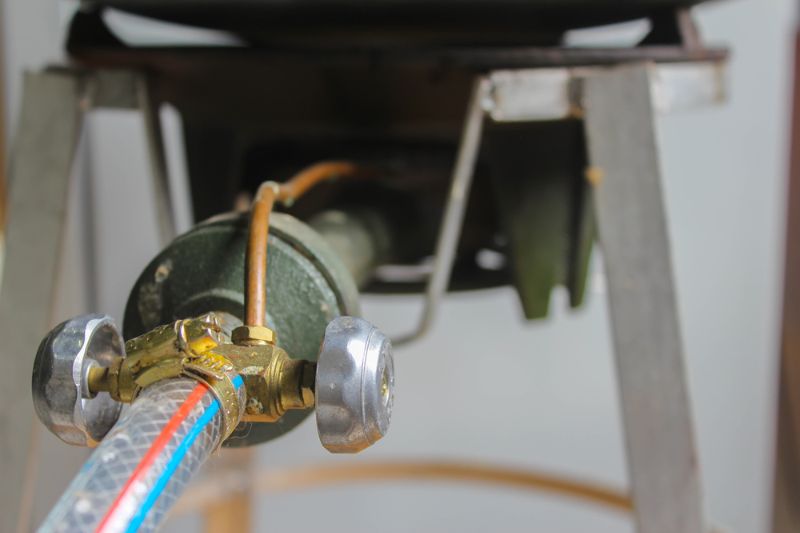
Avoid using matches or candles to inspect your place and use flashlights instead to avoid the risk of igniting a gas-contaminated area.
33. Report Damaged Sewage Systems
Whether in a flood or not, a broken-down sewage system poses serious health threats — more so after a flood.
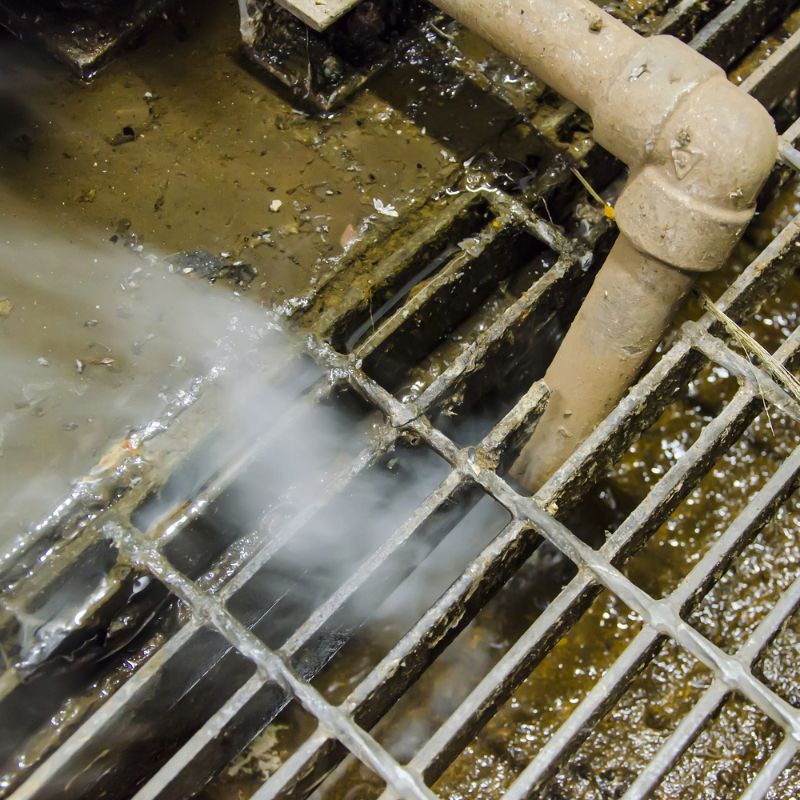
Make sure to report the damaged sewage system to authorities.
34. Disinfect Everything
Flood survival is also about getting up and moving on. Floodwater can be contaminated and affect everything it came in contact with.
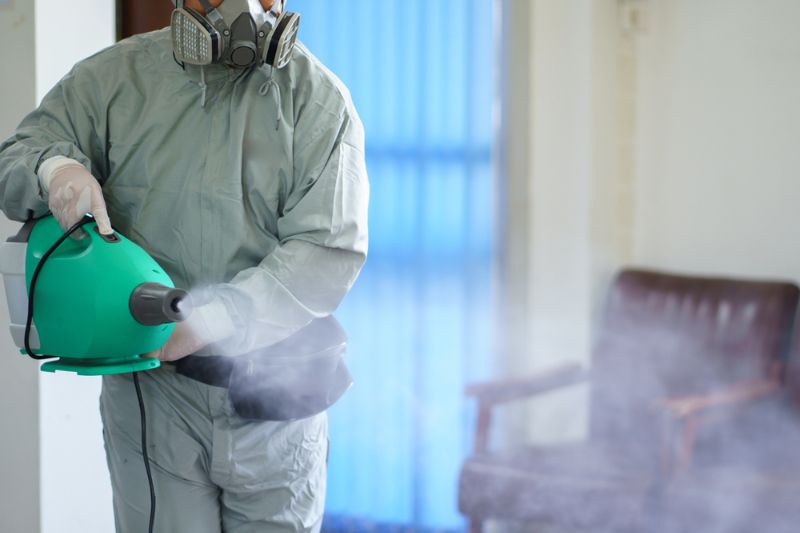
Clean up and disinfect everything you can still save before you use them.
Here’s an infographic guide. Don’t forget to download, save, or share this handy infographic for reference:
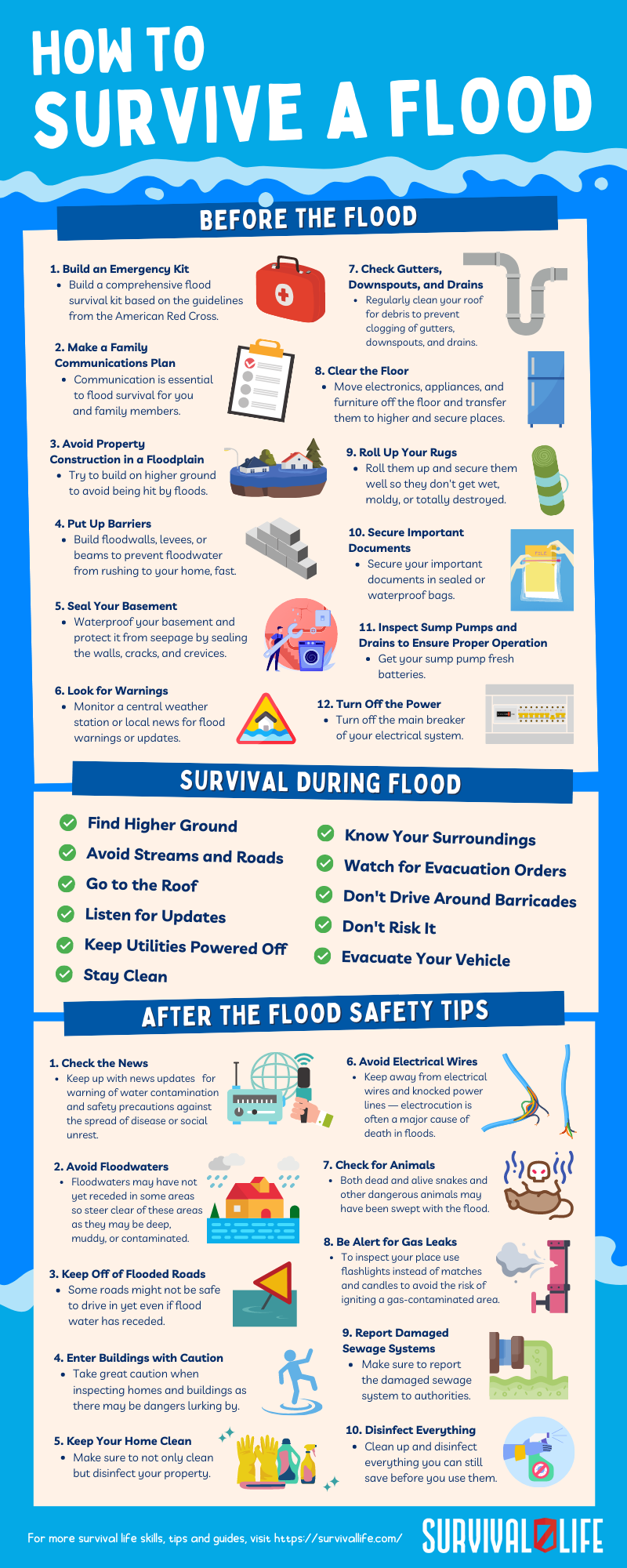
This video from Cars.com will show us some flood safety tips, especially how to survive a flood in a car:
There is no need to be reminded of the devastation caused by floods since they happen every year in our country.
Getting ready and armed with the proper flood survival know-how can mean the difference between survival and demise in this kind of natural disaster (or any other, for that matter).
Knowing flood survival tips and safety rules can lessen the impact of this natural disaster on you and your family. Whether a flood is coming, happening, or has passed, take heed of these flood safety tips to help you get through the ordeal.
[poll id=”136″]
What would you do yourself to prepare for a flood or survive one? Share your flood survival tips with us in the comments section below!
Up Next:
- Hurricane Harvey Safety Tips: Before, During and After the Storm
- Critical Wildfire Survival Tips To Keep You Safe [2018 Updated]
- Natural Disasters Risk List | Worst Natural Disasters Locations
Calling all preppers, craftsmen, bushmasters, outdoorsmen, and all-around skilled people, Survival Life needs YOU! Click here if you want to write for us.
Don’t forget to stay connected with us on Facebook, Twitter, Pinterest, and Instagram!
Editor’s Note: This post was originally published on August 3, 2018, and has been updated for quality and relevancy.
-

 Paracord Projects1 year ago
Paracord Projects1 year agoParacord Projects | 36 Cool Paracord Ideas For Your Paracord Survival Projects
-

 Paracord Projects1 year ago
Paracord Projects1 year agoHow To Make Paracord Survival Bracelets | DIY Survival Prepping
-

 Medical Care1 year ago
Medical Care1 year ago21 Home Remedies For Toothache Pain Relief
-

 Knife Laws1 year ago
Knife Laws1 year agoAre Switchblades Legal? Knife Laws By State
-

 Do It Yourself1 year ago
Do It Yourself1 year agoSurvival DIY: How To Melt Aluminum Cans For Casting







Pingback: Flood Survival Tips | How to Survive Natural Disasters | Patriot Powered News
Pingback: Flood Survival Tips | How to Survive Natural Disasters » Survival Gear & Food Storage
Pingback: Flood Survival Tips | How to Survive Natural Disasters | Prepper Daily News
a_browning
May 27, 2015 at 12:20 PM
Hmm, build your home on high ground whenever possible. While I don’t live on top of a hill (wish I did), I am located more than half way up a good hill. I’ve been here to see record rainfall in a day and record for a season (aka saturated ground for over a month so far, 13 inches above normal) and there is no flooding here. I wouldn’t live most places in Houston if you paid me. 11 inches of rain in a few hours on mostly low ground is asking for trouble.
larry martin
May 27, 2015 at 4:59 PM
My brother owned a house in N Texas next to a small creek. For years it was OK, even during storms. However, after development upstream paved over the green fields and earth that soaked up rain, the drainage increase substantially. The next storm was a rampaging river and came into every house on the creek. Bad news.
Anonymous
December 4, 2017 at 3:07 PM
is your brother dead
Anonymous
December 4, 2017 at 3:09 PM
I said that
Pingback: It Never Rains, But It Pours... | Flood Survival | Survival Life
Pingback: Louisiana Floods of 2016: The Fight Isn’t Over | Survival Life
Pingback: Louisiana Floods of 2016: The Fight Isn’t Over « Survivalist
Pingback: The Importance of Preparedness and What it Can Teach You | Survival Life
Pingback: The Importance of Preparedness and What it Can Teach You - Backdoor Prepper
Pingback: Taking it to the Next Level - Weather Watching! | The Outside Box Blog
Pingback: 377 Survival Hacks And Skills | Survival Life Ultimate List
Pingback: Current Events: How To Survive A Rip Current | Survival Life
Pingback: 8 Levee Failure Survival Tips | Levee Failure: Surviving The Breach
Pingback: Remembering The 2013 Bohol Earthquake | Blushing Geek
Pingback: Don’t Miss These Posts On Survival Life… | survivalisthandbook.com
Pingback: Flood Survival Tips | How To Survive Before, During, And After A Flood | VizzyV.com
Pingback: Tips for Backpack Camping In The Rain [Video] | Survival Life
Pingback: Flood Survival Tips | How To Survive Before, During, And After A Flood | Primitive technology
Pingback: Flood Survival Tips | How To Survive Before, During, And After A Flood | Life Off The Grid
Pingback: Flood Survival Tips | How To Survive Before, During, And After A Flood – Ultimate Survival Alerts
Pingback: Flood Survival Tips | How To Survive Before, During, And After A Flood - Survival Patch
Pingback: ロンジン マスターコレクション レディース
Pingback: ブライトリング レディース 中古 4wd
Pingback: フランクミュラー トノーカーベックス 中古
Pingback: ハミルトン 時計 チタン
Pingback: Tips For Backpack Camping In The Rain [Video]
Pingback: タグホイヤー リンク 定価
Pingback: Tips For Backpack Camping In The Rain [Video] - Outdoor Survival Questions Information Answers
Pingback: ゼニス yj 52 hotel
Pingback: 7 Self-Defense Video Techniques You Need To Know | Survival Life
Pingback: チュードル ペラゴス 青
Pingback: ブライトリング 電池交換 loft
Pingback: Tips For Backpack Camping In The Rain [Video] - Survival Patch
Chase
April 16, 2019 at 10:29 AM
I need the authors name
Achiraa
April 16, 2019 at 10:29 AM
i need the authors name
Pingback: Conseils simples de sécurité, de santé et d'hygiène pour les personnes touchées par les inondations au Kerala - Maxystars
Pingback: Why Floods Are The Deadliest Type of Emergency You Need to Be Ready For [PODCAST] – The Self-Sufficient Life
Pingback: Why Floods Are The Deadliest Type of Emergency You Need to Be Ready For [PODCAST] – Alive After USA Fall
Pingback: Why Floods Are The Deadliest Type of Emergency You Need to Be Ready For [PODCAST] - Cooking in Quarantine
Pingback: NATURAL DISASTERSFlood Survival Tips | How To Survive Before, During, And After A Flood – NEWS20CLICK